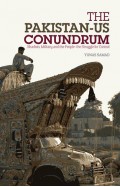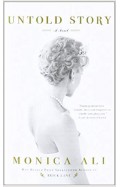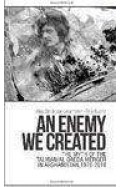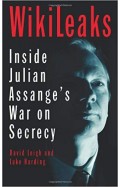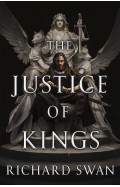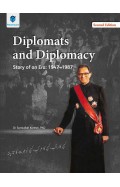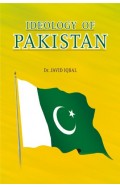- Home
- Books
- Categories
- Non Fiction
- History
- Black Snow: Curtis LeMay, the Firebombing of Tokyo, and the Road to the Atomic Bomb
Black Snow: Curtis LeMay, the Firebombing of Tokyo, and the Road to the Atomic Bomb
By: James M. Scott
-
Rs 9,005.75
- Rs 10,595.00
- 15%
You save Rs 1,589.25.
Due to constant currency fluctuation, prices are subject to change with or without notice.
“Black Snow brilliantly vivifies the horrific reality of the most destructive air attack in history, against Tokyo on the night of March 9-10, 1945. James Scott deftly employs sharply etched portraits of individuals of all stations and nationalities to survey the global, technological, and moral backdrop of the cataclysm, including the searing experiences of Japanese trapped in a gigantic firestorm. This riveting account illuminates an historical moment of profound contemporary relevance.” ―Richard B. Frank, author of Tower of Skulls: A History of the Asia-Pacific War: July 1937–May 1942
Seven minutes past midnight on March 10, 1945, nearly 300 American B-29s thundered into the skies over Tokyo. Their payloads of incendiaries ignited a firestorm that reached up to 2,800 degrees, liquefying asphalt and vaporizing thousands; sixteen square miles of the city were flattened and more than 100,000 men, women, and children were killed.
Black Snow is the story of this devastating operation, orchestrated by Major General Curtis LeMay, who famously remarked: “If we lose the war, we’ll be tried as war criminals.” James M. Scott reconstructs in granular detail that horrific night, and describes the development of the B-29, the capture of the Marianas for use as airfields, and the change in strategy from high-altitude daylight “precision” bombing to low-altitude nighttime incendiary bombing. Most importantly, the raid represented a significant moral shift for America, marking the first time commanders deliberately targeted civilians which helped pave the way for the atomic bombing of Hiroshima and Nagasaki five months later.
Drawing on first-person interviews with American pilots and bombardiers and Japanese survivors, air force archives, and oral histories never before published in English, Scott delivers a harrowing and gripping account, and his most important and compelling work to date.
24 photographs and 3 maps“Black Snow brilliantly vivifies the horrific reality of the most destructive air attack in history, against Tokyo on the night of March 9-10, 1945. James Scott deftly employs sharply etched portraits of individuals of all stations and nationalities to survey the global, technological, and moral backdrop of the cataclysm, including the searing experiences of Japanese trapped in a gigantic firestorm. This riveting account illuminates an historical moment of profound contemporary relevance.” ―Richard B. Frank, author of Tower of Skulls: A History of the Asia-Pacific War: July 1937–May 1942
Seven minutes past midnight on March 10, 1945, nearly 300 American B-29s thundered into the skies over Tokyo. Their payloads of incendiaries ignited a firestorm that reached up to 2,800 degrees, liquefying asphalt and vaporizing thousands; sixteen square miles of the city were flattened and more than 100,000 men, women, and children were killed.
Black Snow is the story of this devastating operation, orchestrated by Major General Curtis LeMay, who famously remarked: “If we lose the war, we’ll be tried as war criminals.” James M. Scott reconstructs in granular detail that horrific night, and describes the development of the B-29, the capture of the Marianas for use as airfields, and the change in strategy from high-altitude daylight “precision” bombing to low-altitude nighttime incendiary bombing. Most importantly, the raid represented a significant moral shift for America, marking the first time commanders deliberately targeted civilians which helped pave the way for the atomic bombing of Hiroshima and Nagasaki five months later.
Drawing on first-person interviews with American pilots and bombardiers and Japanese survivors, air force archives, and oral histories never before published in English, Scott delivers a harrowing and gripping account, and his most important and compelling work to date.
24 photographs and 3 mapsBlack Snow: Curtis LeMay, the Firebombing of Tokyo, and the Road to the Atomic Bomb
By: James M. Scott
Rs 9,005.75 Rs 10,595.00 Ex Tax :Rs 9,005.75
Zubin Mehta: A Musical Journey (An Authorized Biography)
By: VOID - Bakhtiar K. Dadabhoy
Rs 892.50 Rs 1,050.00 Ex Tax :Rs 892.50
The Origins of Political Order From Prehuman Times to the French RevolutioN
By: Francis Fukuyama
Rs 4,045.50 Rs 4,495.00 Ex Tax :Rs 4,045.50
Manning Up: How the Rise of Women Has Turned Men into Boys
By: Kay Hymowitz
Rs 845.75 Rs 995.00 Ex Tax :Rs 845.75
The Obama Syndrome: Surrender At Home War Abroad
By: Tariq Ali
Rs 1,100.75 Rs 1,295.00 Ex Tax :Rs 1,100.75
The Quest For Meaning: Developing A Philosophy Of Pluralism
By: Tariq Ramadan
Rs 1,185.75 Rs 1,395.00 Ex Tax :Rs 1,185.75
The Pakistan US Conundrum Jihadists The Military And The People The Struggle For Control
By: Yunas Samad
Rs 1,185.75 Rs 1,395.00 Ex Tax :Rs 1,185.75
An Enemy We Created: The Myth Of The Taliban Al Qaeda Merger In Afghanistan 19702010
By: Alex Strick van Linschoten
Rs 4,197.50 Rs 8,395.00 Ex Tax :Rs 4,197.50
WikiLeaks: Inside Julian Assanges War on Secrecy
By: David Leigh & Luke Harding
Rs 637.50 Rs 850.00 Ex Tax :Rs 637.50
No similar books from this author available at the moment.
Maurice and Maralyn - A Whale, a Shipwreck, a Love Story
By: Sophie Elmhirst
Rs 2,795.00 Ex Tax :Rs 2,795.00
Zubin Mehta: A Musical Journey (An Authorized Biography)
By: VOID - Bakhtiar K. Dadabhoy
Rs 892.50 Rs 1,050.00 Ex Tax :Rs 892.50
Black Snow: Curtis LeMay, the Firebombing of Tokyo, and the Road to the Atomic Bomb
By: James M. Scott
Rs 9,005.75 Rs 10,595.00 Ex Tax :Rs 9,005.75












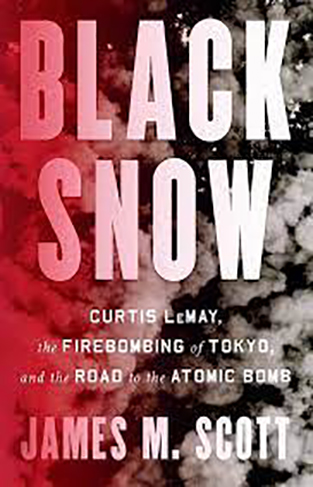
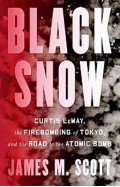
-120x187.jpg?q6)





-120x187.jpg?q6)



-120x187.jpg?q6)
